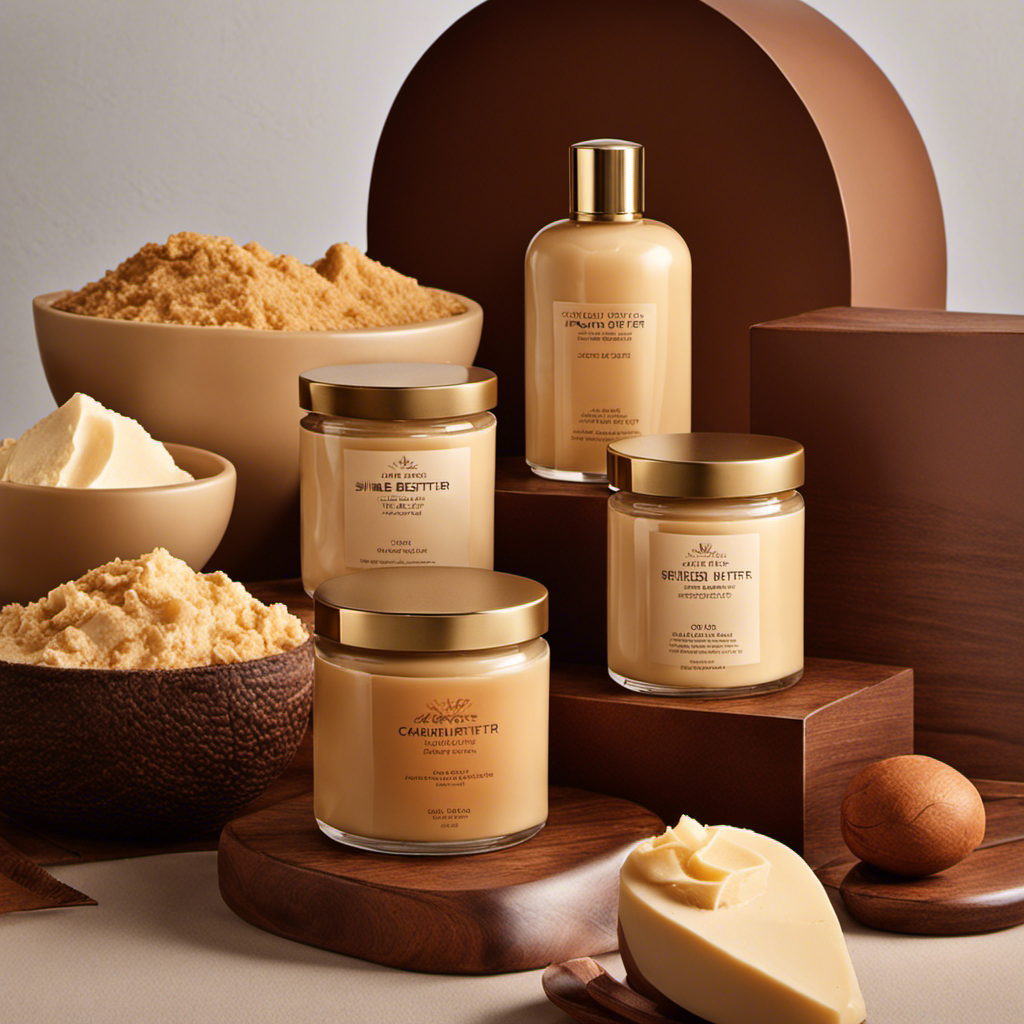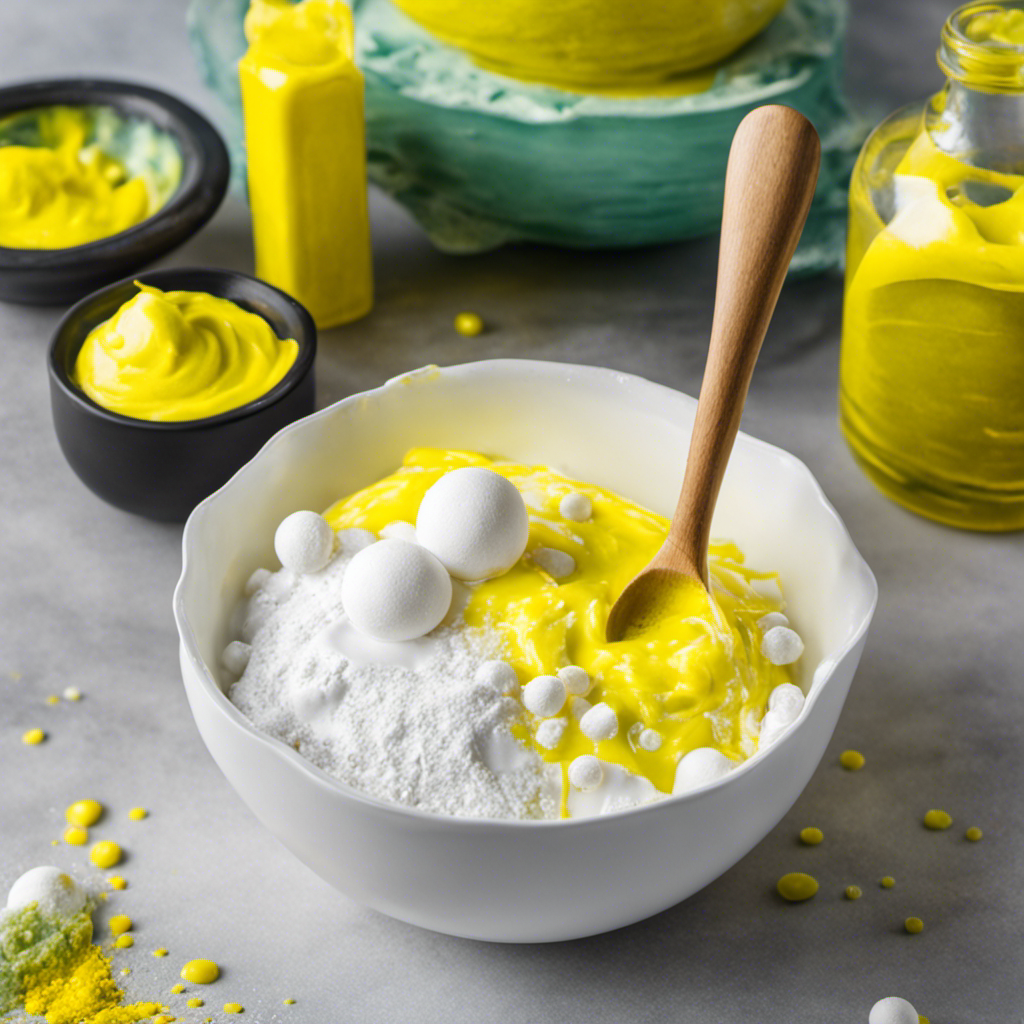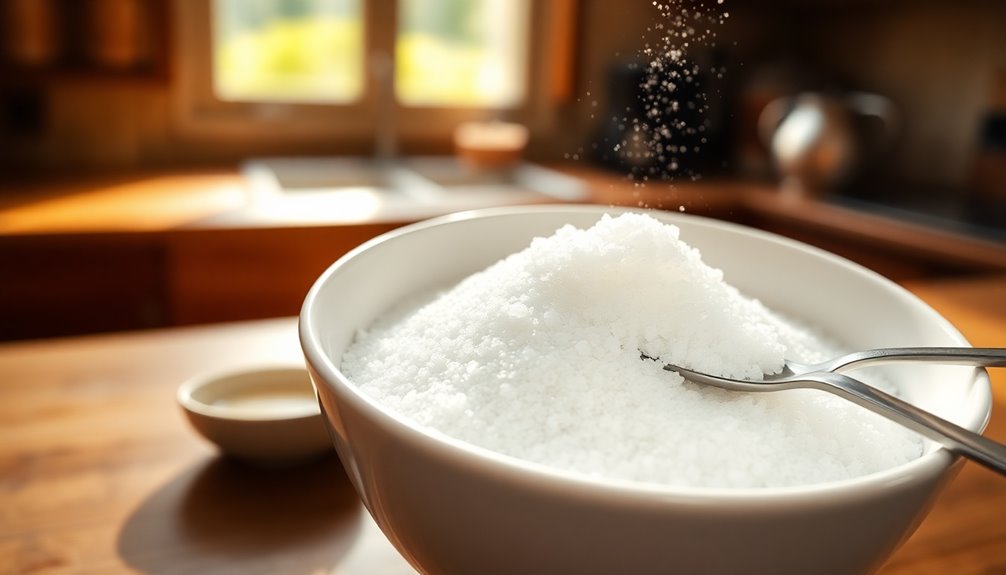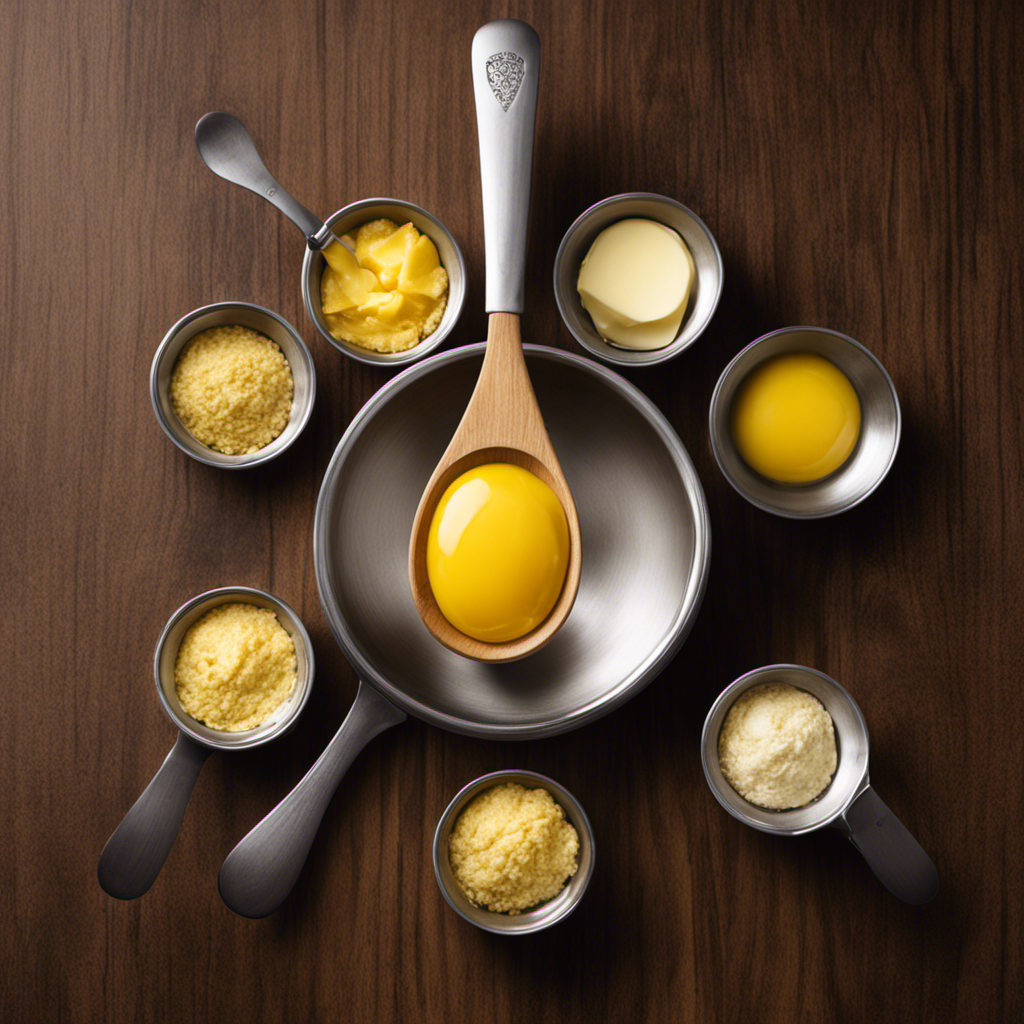I’m here to uncover the true benefits of shea butter! Get ready for an exciting exploration into the world of this popular natural ingredient.
Have you ever wondered why shea butter comes in different shades? Well, wonder no more! In this article, we’ll explore the factors that affect the color of shea butter, how to identify high-quality shea butter by its color, and debunk common misconceptions about its hues.
Get ready to unlock the secrets of shea butter’s vibrant palette!
Key Takeaways
- The natural color of shea butter is typically a creamy yellowish or ivory shade.
- Factors such as extraction method, refinement, and environmental conditions can influence the color of shea butter.
- Different shades of shea butter can range from creamy yellow to rich ivory, with variations based on climate, soil composition, and ripeness of shea nuts.
- The color of shea butter alone does not indicate its quality or purity, but examining color and texture can help identify high-quality, authentic products.
The Natural Color of Shea Butter
The natural color of shea butter is typically a creamy yellowish or ivory shade. The color of shea butter is important in determining its quality and purity. Consumers often associate a certain color with the effectiveness and authenticity of shea butter products.
To enhance the natural color of shea butter, it is crucial to use high-quality raw materials and follow proper extraction and processing techniques. The color can be further enhanced by storing the butter in a cool, dark place to prevent oxidation and discoloration. Additionally, using natural additives such as vitamin E or essential oils can help maintain and enhance the color of shea butter products.
It is important to note that any artificial colorants should be avoided, as they can potentially alter the beneficial properties of shea butter.
Factors Affecting the Color of Shea Butter
To understand why it varies in shade, you should consider factors that influence the color of shea butter.
One important factor is the impact of processing on shea butter color. The color of shea butter can change depending on the extraction method used. For example, unrefined shea butter tends to have a darker color compared to refined shea butter, which is usually white or off-white. This is because during the refining process, impurities and pigments are removed, resulting in a lighter color.
Another factor to consider is the role of environmental factors in shea butter coloration. The color of shea butter can be affected by the region where the shea nuts are grown, as well as the climate and soil conditions. These environmental factors can influence the levels of pigments present in the shea nuts, ultimately impacting the color of the shea butter produced.
Different Shades of Shea Butter
One factor that affects the shade of shea butter is the region where the shea nuts are grown. Shea butter color variations can range from a creamy yellow to a rich ivory color. The color of shea butter is influenced by various factors, including the climate, soil composition, and the ripeness of the shea nuts.
In skincare products, shea butter color can vary depending on the manufacturing process and the addition of other ingredients. Some common shades of shea butter used in skincare products are light beige, pale yellow, and off-white. These different shades can be used to create visually appealing products or to match specific branding requirements.
Understanding the variations in shea butter color can help consumers make informed decisions about the quality and authenticity of the product they are purchasing. So, how can we identify high-quality shea butter by color?
How to Identify High-Quality Shea Butter by Color
Identifying high-quality shea butter can be done by considering the shade and its variations. Shea butter comes in various colors, ranging from ivory to light yellow, and even a deep golden hue. These color variations are a result of different factors, such as the region where the shea nuts are grown and the extraction process used.
When identifying fake shea butter, it is important to be aware of any unnatural colors, such as bright yellow or white. These colors may indicate the presence of additives or chemicals. Additionally, fake shea butter may have an artificial scent or a greasy texture. By carefully examining the color and texture of shea butter, you can ensure that you are purchasing a high-quality, authentic product.
Transition: Now that we have discussed how to identify high-quality shea butter based on its color, let’s explore some common misconceptions about the color of shea butter.
Common Misconceptions About the Color of Shea Butter
Contrary to popular belief, the shade of shea butter does not necessarily indicate its quality or purity. The color of shea butter can vary widely depending on several factors, such as the processing methods used and the presence of impurities.
Here are some key points to consider when it comes to the color of shea butter:
-
Processing methods: The color of shea butter can be influenced by the extraction and refining processes it undergoes. Unrefined shea butter tends to have a yellow or ivory color, while refined shea butter is often white or off-white.
-
Impurities: Shea butter can contain impurities, such as bits of nut shell or other debris, which can affect its color. These impurities can be removed through filtration or other purification methods.
-
Skincare products: The color of shea butter can be important in certain skincare products, as it may affect the final appearance or texture. For example, white shea butter is often preferred in products that require a lighter color or a smoother consistency.
-
Personal preference: Ultimately, the color of shea butter is a matter of personal preference and does not necessarily reflect its quality or effectiveness. It is important to focus on the purity, texture, and other characteristics when evaluating the quality of shea butter.
Frequently Asked Questions
Is Shea Butter Always White or Off-White in Color?
Shea butter color can vary depending on factors like processing methods and impurities. Shades range from white to off-white, but can also include yellows, grays, or greens. Color symbolism in shea butter is culturally significant in some African communities.
Can the Color of Shea Butter Vary Depending on the Region It Is Sourced From?
Yes, the color of shea butter can vary depending on the region it is sourced from. The effect of the climate on shea butter color and its cultural significance contribute to this variation.
Are There Any Natural Additives Used to Change the Color of Shea Butter?
Color additives used in shea butter can be natural or synthetic. Natural additives like turmeric or cocoa powder can change the color. Synthetic additives may also be used, but it is important to choose products with natural additives for a more organic option.
Can the Color of Shea Butter Indicate Its Freshness or Shelf Life?
Freshness indicators and shelf life determinants can be observed in the color of shea butter. Changes in color, such as darkening or a rancid smell, may indicate that the shea butter is no longer fresh and has exceeded its shelf life.
Are There Any Health Benefits Associated With the Color of Shea Butter?
There are no direct health benefits associated with the color of shea butter. However, the color can indicate the presence of impurities or additives, which may affect its overall quality and effectiveness.
Conclusion
In conclusion, the natural color of shea butter can vary from ivory to yellow depending on various factors.
Understanding the different shades of shea butter is essential in identifying its quality.
Contrary to misconceptions, the color of shea butter does not determine its effectiveness or purity.
By considering factors like scent and texture along with color, one can easily identify high-quality shea butter.
So, next time you spot a jar of shea butter, remember, its color may vary, but its benefits remain consistent.










